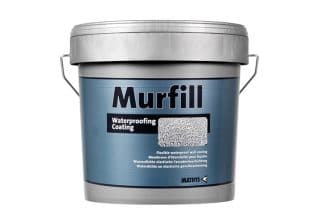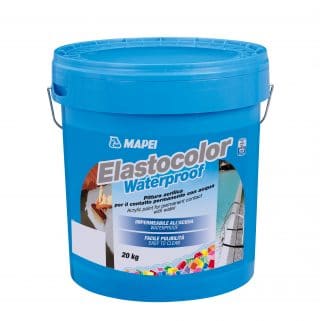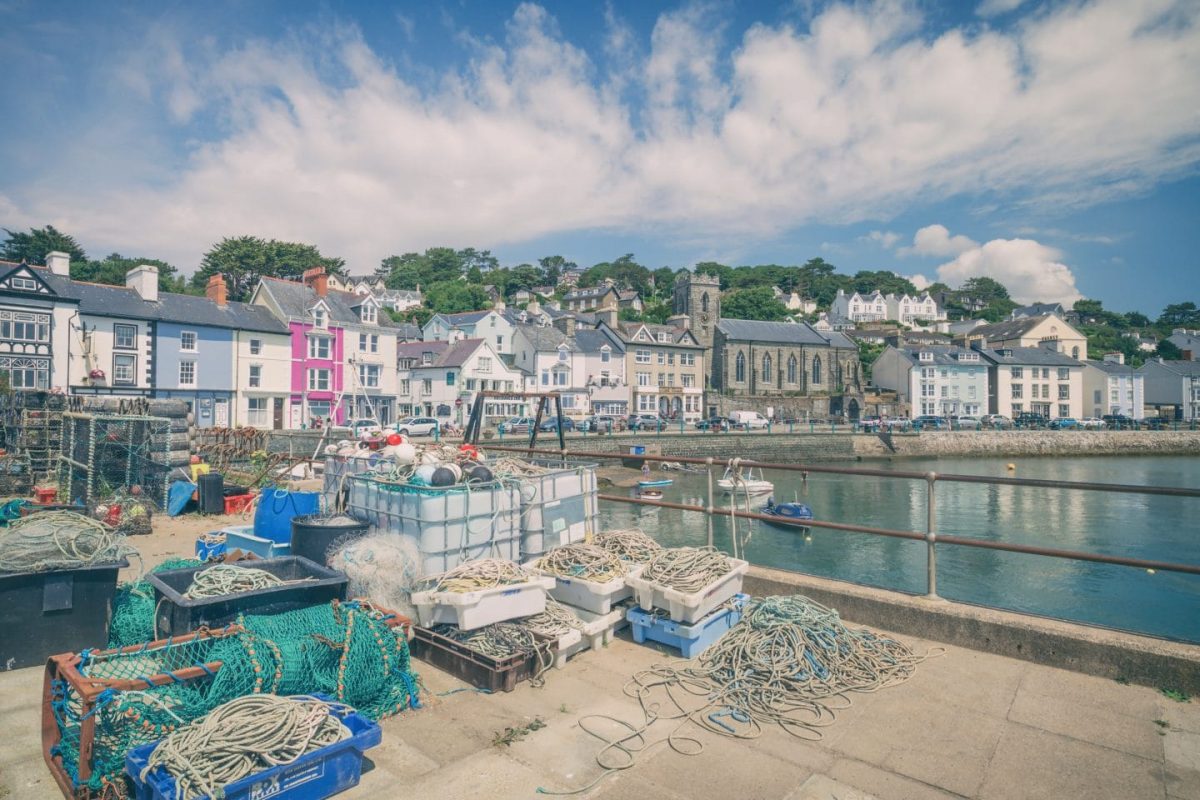What Are Film Forming Paints?
Film forming paints work by sticking to the substrate forming a coating or ‘’film’’ on the material, hence the name film forming paint. A film forming paint sticks or bonds to a surface physically as a skin.
Organic Polymer Formulated Film Forming Paints
When a coating physically bonds to the surface, it is usually an organic polymer formulation paint. An organic polymer paint works to protect the substrate from moisture ingress by having a much lower level of permeability than the underlying substrate. However, this lower permeability makes the coating much less breathable meaning moisture can struggle to escape form the masonry beneath. The breathability of polymer based paints can be improved by the addition of inorganic fillers which generate a more open and porous coating.
Benefits
- High Protection Against Water Ingress
- Protects Concrete Against Carbonisation & Corrosion
Disadvantages
- Poor Elastomeric Qualities
- Poor UV Resistance Compared To Other Masonry Paint Types
Disadvantages of organic polymer based paints are that they have poor elastomeric properties which means than are more prone to cracking and splitting with the natural movement of the building. Poor UV resistance leads to a shorter life span.
Promain’s Organic Polymer Film Forming Masonry Paints

Rust-Oleum Murfill Waterproofing is ideal for masonry which requires to stand up to heavy abuse from weathering and salt air. Because of this, Murfill Waterproofing is approved by Trinity House for use on lighthouses throughout the UK. Protecting concrete against carbonisation and corrosion, Rust-Oleum Murfill Waterproofing is also suitable for domestic use alongside industrial environments.
Water Based Methacrylates Film Forming Paints
A better alternative to organic polymer base paints are the modern water based methacrylate film forming paints. These paints offer excellent performance being highly vapour permeable they will offer a highly breathable coating. This will allow any moisture trapped in the underlying substrate to easily pass through the coating and escape as a water vapour.
Acrylic Film Forming Masonry Paints are also more elastomeric. This is when you compare it to polymer based paints. In some case they can stretch up to 400%. Another advantage is the high resistance to UV rays. The higher resistance will increase the life span of the coating and also the colour stability resisting fading overtime. Typically, we would expect a water based methacrylates paint coating to last up to 10 years before a repaint.
Methacrylates deliver superior durability, improved UV stability, good gloss retention, excellent water resistance and non-yellowing performance characteristics.
Benefits
- Extremely water permeable
- Highly resistant to UV rays
- Incredibly elastomeric compared to other masonry paints
- Colour Stable
- Long Lasting
Against
- Limited breathability
- Not suitable for lime render or gypsum
Promain’s Methacrylate Film Forming Masonry Paints

Mapei offer an excellent water based acrylic paint in the form of Mapei Elastocolor. This paint coating has excellent elastomeric properties and can even bridge hairline crack in substrates. Being elastomeric means a high resistance to cracks forming the finished coating. Another advantage of the Elastocolor paint system is it high resistance to the ingress of water. This means buildings can be made water tight, whilst continuing to allow trapped moisture to escape in the form of water vapour. The Mapei Elastocolor system would consist of 3 coats. The total system would be 1 coat of Mapei Elastocolor Primer followed by 2 top coats of the Mapei Elastocolor allowing 24 hours between coats.
If you have any enquiries or questions in regards using a film forming paint as your masonry paint, contact Promain‘s technical team on 01462 421333.




